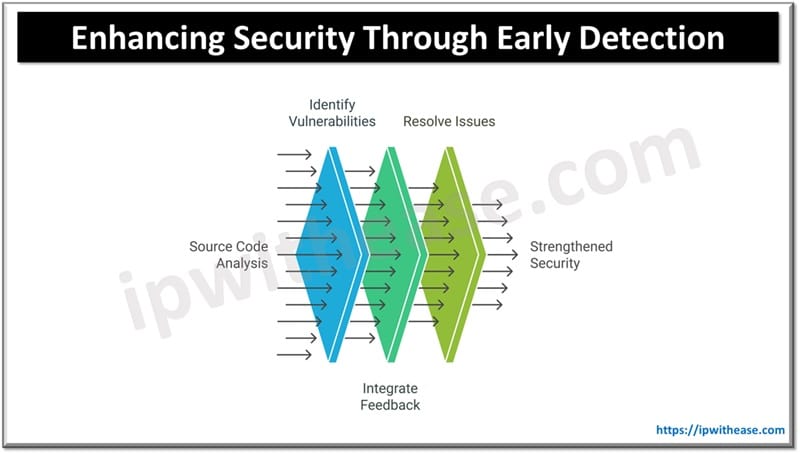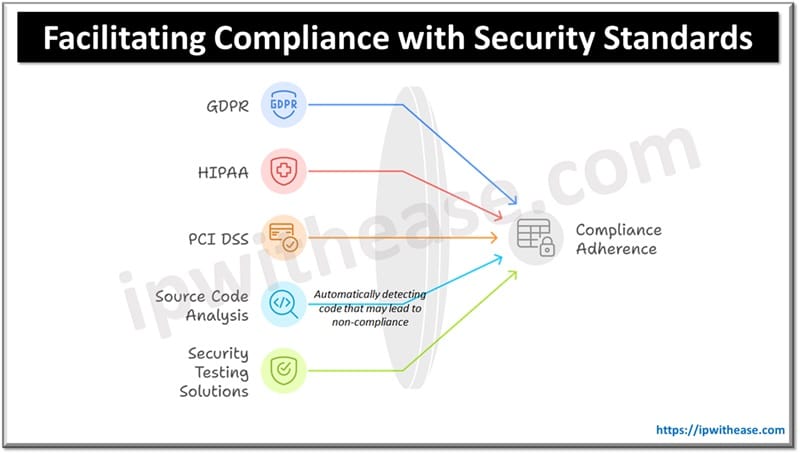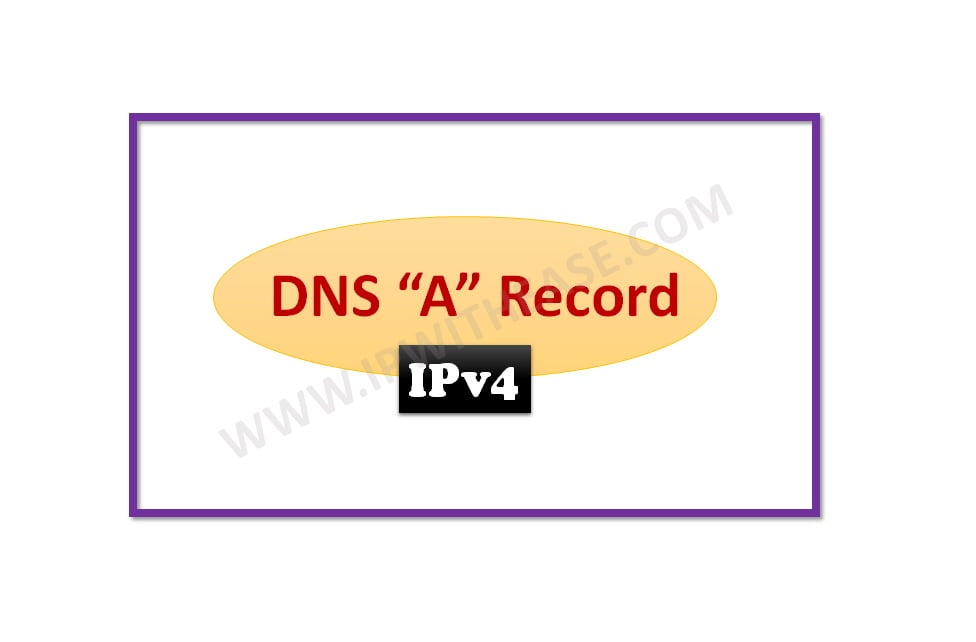Table of Contents
In the field of information technology, protecting systems and data from threats is a primary concern. As software becomes more and more essential to business operations, the need for strong security measures increases. Source code analysis tools have become crucial in the IT security toolkit, allowing organizations to identify vulnerabilities early and maintain secure, efficient codebases.
Benefits of Source Code Analysis Tools
Early Detection of Security Flaws
Source code analysis tools, including static application security testing (SAST), examine code for vulnerabilities without executing it. This allows IT professionals to identify critical security flaws like SQL injection, buffer overflows, and cross-site scripting (XSS) during development. By integrating these tools into integrated development environments (IDEs), developers receive immediate feedback, reducing the risk of releasing software with exploitable weaknesses.
Early detection is crucial in the IT environment, where threats evolve rapidly. Addressing issues at the source code level helps ensure potential vulnerabilities are resolved before exploitation in a production environment, which reduces the attack surface and strengthens overall security.

Related: Dynamic Application Security Testing (DAST)
Enhancing Code Quality and Performance
Quality code is the backbone of reliable IT systems. Source code analysis tools help maintain high coding standards by flagging inefficient algorithms, unused variables, and redundant code. These tools encourage developers to adhere to best practices, resulting in optimized, maintainable, and efficient software.
In IT environments where system performance is critical, optimized code translates to faster execution and reduced resource consumption. Efficient code reduces server loads, minimizes response times, and ensures better user experiences, particularly in high-traffic applications or data-intensive processes.
Facilitating Compliance with Security Standards
Compliance is a critical concern in IT, with regulations like GDPR, HIPAA, and PCI DSS mandating stringent data protection measures. Source code analysis tools play a vital role in compliance by automatically detecting code that may lead to non-compliance.
For example, these tools can identify weak encryption methods or insecure data handling practices, ensuring that sensitive information is adequately protected. Leveraging software security testing solutions helps IT departments stay compliant with industry standards, avoiding fines and protecting the organization’s reputation.

Streamlining IT Operations with Automation
Automation is key in modern IT operations, from deployment pipelines to system monitoring. Source code analysis tools integrate seamlessly into continuous integration/continuous deployment (CI/CD) pipelines, providing automated security assessments with every code commit. This integration ensures continuous monitoring for vulnerabilities without manual intervention, enhancing the efficiency and reliability of IT operations.
Automated analysis reduces the time spent on manual code reviews and accelerates the development process. By embedding security checks into the development lifecycle, IT teams can focus on innovation and system improvements rather than constantly addressing security concerns.
Reducing Costs and Improving ROI
Addressing security flaws post-deployment is significantly more expensive than fixing them during development. By using source code analysis tools, IT departments can reduce the financial impact of security breaches and operational disruptions. Early detection of vulnerabilities decreases the costs associated with emergency patches, system downtimes, and data breaches.
Furthermore, improving code quality and system reliability enhances the return on investment (ROI) for software projects. Secure and efficient applications result in fewer disruptions, lower maintenance costs, and increased user satisfaction.
Conclusion
Robust IT systems are essential for organizational success, making their early security imperative. Source code analysis tools are vital in uncovering hidden vulnerabilities, enhancing code quality, and ensuring compliance with industry standards while streamlining IT operations. By integrating these tools into the software development lifecycle, IT professionals can create secure and efficient systems that align with business objectives and protect critical data, safeguarding the organization’s operational integrity in a world where data breaches pose significant risks.
ABOUT THE AUTHOR
IPwithease is aimed at sharing knowledge across varied domains like Network, Security, Virtualization, Software, Wireless, etc.



![How to Create Your Own Website in 2024 [5 Easy Steps] 6 How to Create Your Own Website](https://ipwithease.com/wp-content/uploads/2023/11/How-to-Create-Your-Own-Website.jpg)